The genetic map of humanity: a collage of colors and uniqueness
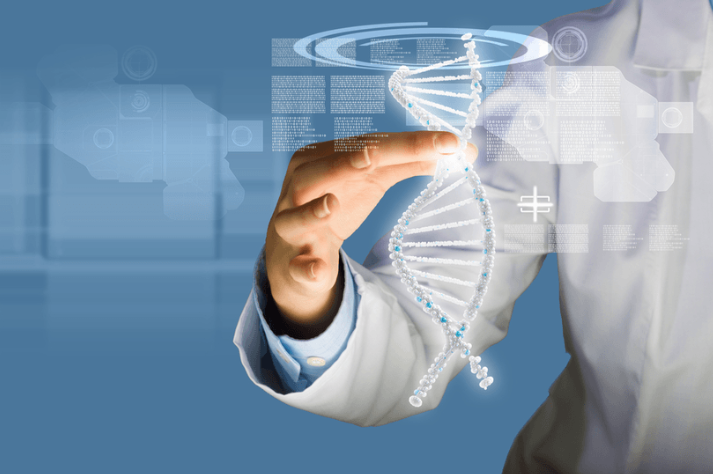
Hey, curious people! For more than 20 years, scientists have been using the “reference human genome” as the main standard for comparing other genetic data. It has been like the reference point for identifying genes involved in diseases and tracking our evolution, among other things. But, mind you, it has always had its flaws. One of the biggest problems is that about 70% of that data comes from a single man, mostly of African-European origin. Yes, it is as if we are seeing the world through the eyes of one person. What about the incredible genetic diversity that makes each of us unique? Doesn’t tell us much about it! And this, my friends, has created bias in biomedical data and has contributed to the health care inequities we see today.
But good news! Scientists from the Human Pangenome Reference Consortium have taken a big step forward. They have gathered genetic sequences from 47 people from around the world and created what they call a “pangenome.” It’s as if they’ve superimposed all of these sequences to form a much more complete picture of our genetic diversity. It’s like a high-resolution genetic mosaic! This pangenome revealed about 120 million base pairs of DNA that we’ve never seen before. It’s like discovering new pieces of a giant puzzle! Although they are still working on it, this pangenome is available for scientists around the world to use as a new standard reference for the human genome. It’s like having a powerful new tool in our hands!
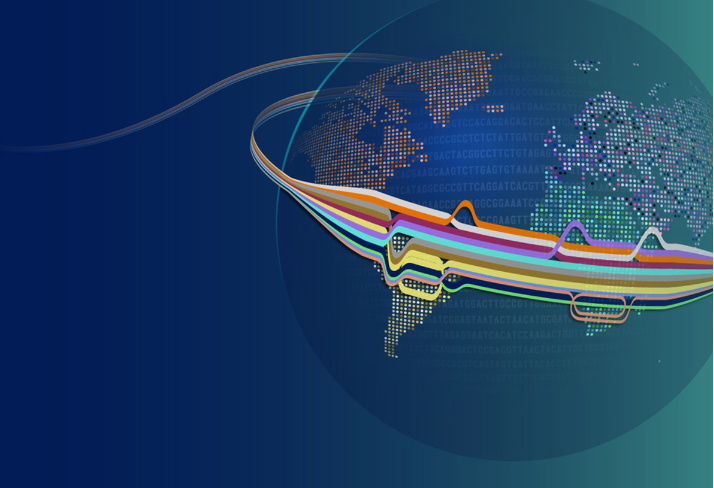
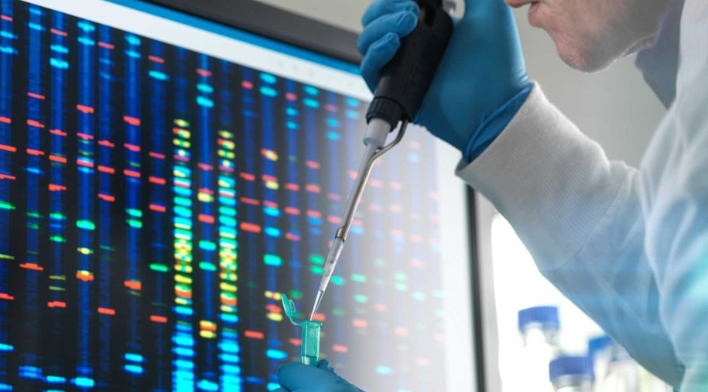
Just imagine, with this more complete and accurate data, researchers will be able to dig even deeper into the relationship between genes and disease. It is as if we are discovering the most hidden secrets of our biology! This could speed up medical research and help us better understand how to prevent and treat disease; now, with this pangenome, we are filling in the gaps that we had before. It’s like we can finally see all the details of our genetic identity! Although there is still much to do, the goal of the Human Pangenome Reference Consortium is to continue expanding this pangenome, they want to sequence the genomes of at least 350 people from different populations to have an even more complete picture. It’s like we’re painting an epic portrait of human diversity!
But, yes, there is a major challenge in this process: gaining the trust of communities that have been victims of inequalities in medical care and past practices of genetic exploitation. The construction of an inclusive and representative pangenome is a step in the right direction, but concrete actions are still needed to encourage diversity and the participation of all populations in genetic studies. Only through an equitable and collaborative approach will we be able to fully harness the potential of the human pangenome to understand and address the complexities of health and disease in all populations. We are at an exciting time in history, where diversity and equity must go hand in hand with scientific progress.
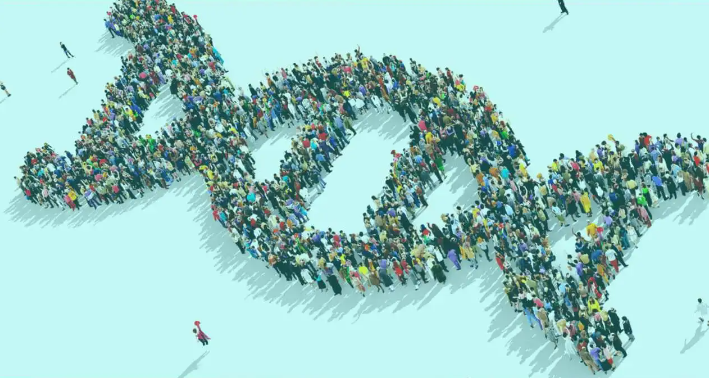
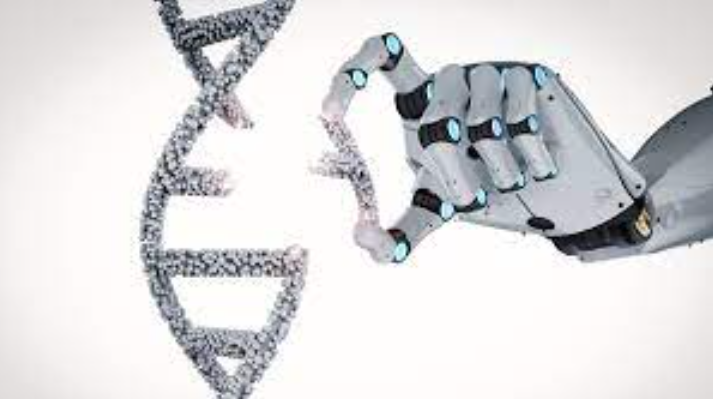
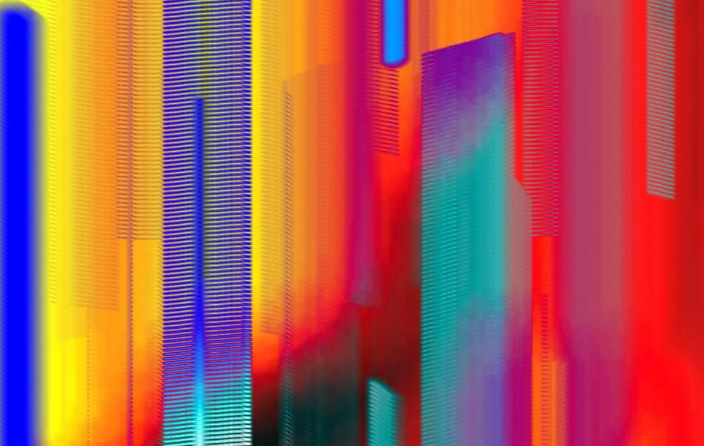
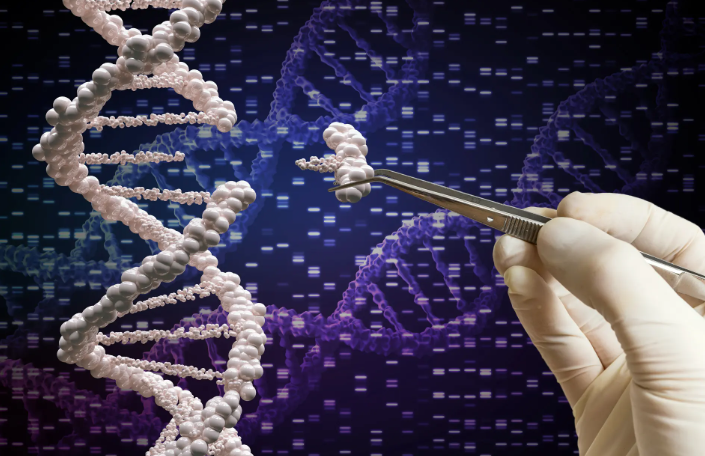
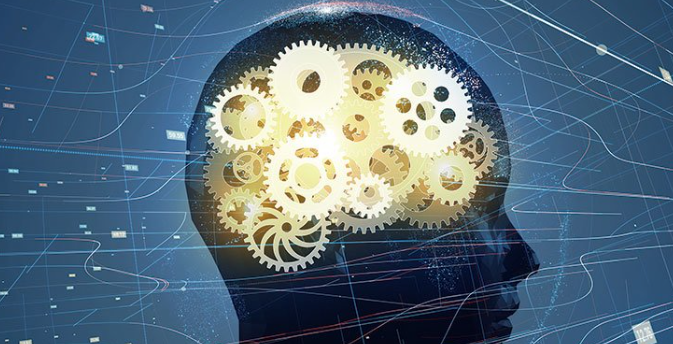
Responses